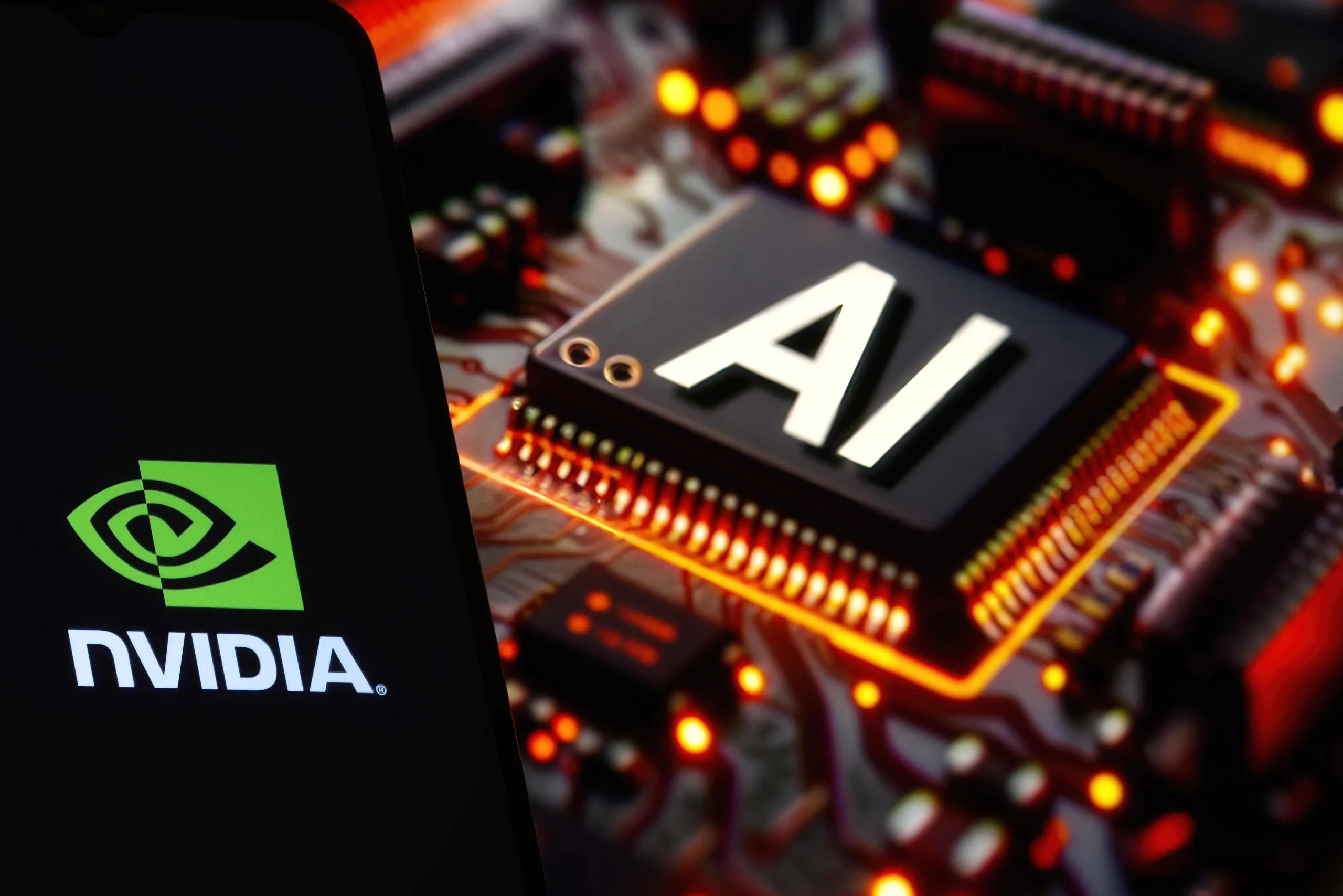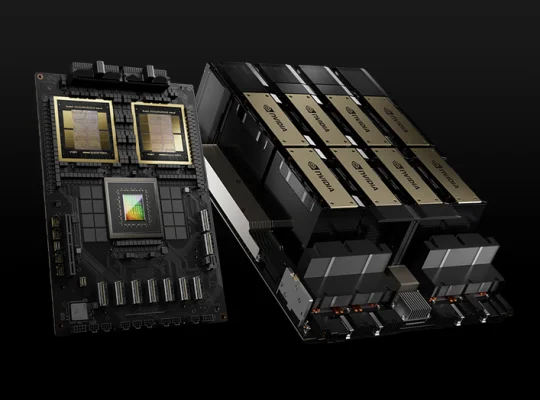Breaking News: NVIDIA Unleashes Next-Gen AI & GPU Power in 2025
Santa Clara, California – July 18, 2025 – NVIDIA continues its relentless pace of innovation, dropping a series of groundbreaking announcements in 2025 that are reshaping the landscape of artificial intelligence and high-performance computing. From consumer GPUs to massive AI data center infrastructure and the dawn of “physical AI,” NVIDIA’s latest developments promise unprecedented power and capabilities across every sector.
Here’s a look at the breaking news from NVIDIA this year:
1. RTX 50 Series & Blackwell Ultra: Unprecedented GPU Power for Consumers and Data Centers
The much-anticipated GeForce RTX 50 Series, powered by the new Blackwell architecture, officially debuted in January 2025 with the release of the RTX 5080 and RTX 5090. These consumer GPUs are setting new benchmarks for gaming, content creation, and local AI processing, featuring fourth-generation RT Cores and fifth-generation Tensor Cores. NVIDIA has also confirmed that these are the first consumer GPUs to support FP4 compute, doubling AI inference performance.
For enterprise and cloud AI, NVIDIA announced the Blackwell Ultra AI Factory Platform in March 2025, paving the way for the age of AI reasoning. The Blackwell Ultra GPU is set for production in the second half of 2025, offering a significant performance leap. This includes the GB300 NVL72 rack-scale solution, promising 1.5x more AI performance than its predecessor and a 50x increase in revenue opportunity for AI factories.
2. “Project DIGITS” Makes Personal AI Supercomputing a Reality
A true game-changer for researchers, data scientists, and developers, NVIDIA unveiled “Project DIGITS” at CES 2025. This compact, $3,000 personal AI supercomputer, shipping in May 2025, brings petaflop-scale AI performance to individual desktops. Powered by the GB10 Grace Blackwell Superchip, DIGITS can run powerful AI models locally, including 200 billion parameter LLMs, and even link up with another unit for double the capacity. This democratizes access to serious AI compute power.
3. The Dawn of “Physical AI” with Cosmos and Isaac GR00T
NVIDIA is aggressively pushing into “physical AI” – AI that can perceive, reason, plan, and act in the real world. This year saw major advancements in the NVIDIA Cosmos platform, a world foundation model designed to empower robots, autonomous vehicles, and vision AI applications with enhanced real-time decision-making.
Complementing Cosmos is the Isaac GR00T Blueprint, an open-source, customizable foundational model for general humanoid reasoning and skills. Recent updates, including the new GR00T-Dreams blueprint, allow for the generation of synthetic trajectory data from a single image and an instruction prompt, accelerating humanoid robot development and enabling robots to learn new tasks without extensive human demonstrations.
4. Empowering Agentic AI with New Foundation Models and Blueprints
NVIDIA is making it easier than ever for developers and enterprises to build sophisticated AI agents. They have made AI foundation models available for RTX PCs as NVIDIA NIM microservices, providing blueprints for creating digital humans, podcasts, images, and videos.
Furthermore, NVIDIA launched AI Blueprints for agentic AI, in partnership with leading platforms like CrewAI and LangChain. These blueprints leverage NVIDIA AI Enterprise software and NIM microservices, enabling the creation and deployment of custom AI agents for diverse enterprise workflows, from customer support to complex research.
A significant addition in March 2025 was the release of the open Llama Nemotron family of models with reasoning capabilities. These models, available as NVIDIA NIM microservices, offer on-demand AI reasoning, enhanced accuracy (up to 20% improvement), and optimized inference speed (5x faster than other leading open reasoning models), providing a robust foundation for building advanced AI agents.
5. NVIDIA AI Data Platform and Future-Proofing Data Centers
Addressing the escalating demands of AI inference workloads, NVIDIA announced the NVIDIA AI Data Platform in March 2025. This customizable reference design, in collaboration with major storage providers, integrates Blackwell GPUs, BlueField DPUs, and Spectrum-X networking to accelerate AI query agent access to enterprise data storage systems, generating insights in near real-time.
Looking ahead, NVIDIA is leading the charge to redefine data center power infrastructure. They are advocating for a transition to 800V High-Voltage Direct Current (HVDC) architecture for AI data centers, aiming to support 1 MW IT racks and beyond starting in 2027. This move promises up to a 5% improvement in end-to-end power efficiency and significant reductions in maintenance costs and copper usage.
6. Quantum Computing and Automotive AI Accelerated
NVIDIA is establishing an Accelerated Quantum Computing Research Center (NVAQC) in Boston. Set to begin operations later this year, the NVAQC will integrate quantum hardware with AI supercomputers, leveraging the NVIDIA CUDA-Q quantum development platform to advance hybrid quantum supercomputing and tackle challenges in quantum development.
In the automotive sector, NVIDIA continues to drive the future of autonomous vehicles. Partnerships with major manufacturers like Toyota and General Motors are focused on integrating NVIDIA’s end-to-end platform, including DRIVE Hyperion, across vehicle manufacturing, design, simulation, and in-vehicle systems.
These rapid-fire developments highlight NVIDIA’s commitment to pushing the boundaries of AI and GPU technology, promising a future where intelligent systems are more powerful, accessible, and integrated into every aspect of our lives.















